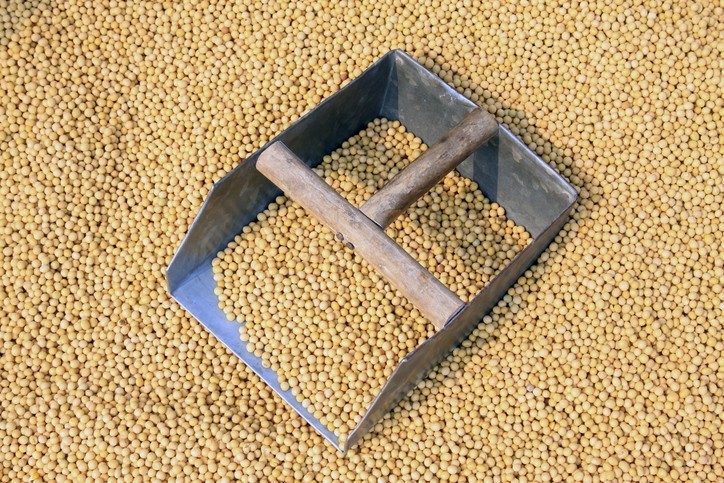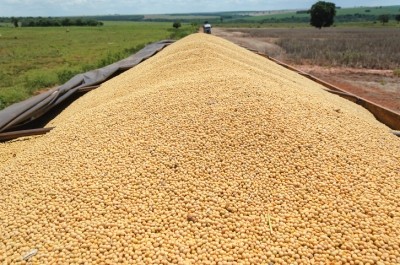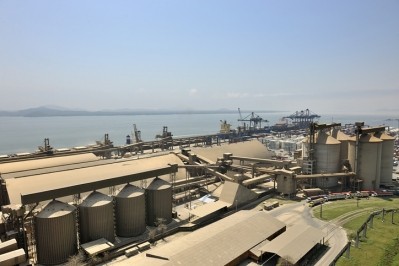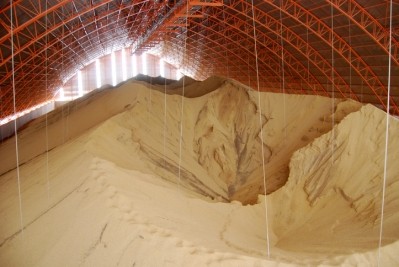USDA: Expected hike in export taxes in Argentina spurred soy product sales

The US Department of Agriculture (USDA) released details of the change in Argentinian production and marketing of soybeans and other oilseeds in a Foreign Agricultural Service’s agricultural attaché’s report last week.
The period since the election of the new Argentinian president, Alberto Fernandez, has been an active time for Argentinian producers, he wrote. Besides harvesting winter crops and beginning to plant summer crops, farmers took advantage of the interval between Fernandez’s election on October 27 and inauguration on December 10 to market their grains and oilseeds ahead of anticipated increases in export taxes, according to the agricultural attaché.
“On December 14, the new Argentinian government raised export taxes on grains and oilseeds,” he said. “However, anticipation of higher export taxes led to record-setting forward sales and export registration by farmers and exporters hoping to lock-in sales under the previous export tax rates.”
Current export taxes are now 30% for soybeans and soy products and 12% for sunflower seeds, oil and peanuts, he added.
“The government has further requested additional emergency economic and political authority, including the authority to raise export taxes,” the attache said. “This law gives the government authority to raise export taxes to 33% for soy and soy products, and 15% for other commodities.”
At the start of December, one of the country's largest domestic exporters of soy and soy products, Vicentin, announced it was in financial difficulty and started a process to restructure payments, he said. “Vicentin has halted crushing operations at some facilities and is in negotiation to restructure its debts, sell facilities, and is seeking assistance from the Argentinian government."
Digging deeper on taxes changes
The attaché said exporters who registered sales prior to the export tax change on December 14 expect the new government to honor those sales at the tax rate in place at the time of the sales’ registrations - 18% plus a variable $4 Argentine Peso per US$1.
By December 18, exporters had announced 5.52m MT of forward sales for the export market from the 2019/20 soybean crop, he said. “Exporters had only registered 0.588m MT of forward sales (for export) of 2018/19 soybean crop by the same time in December 2018,” he added.
However, farmer selling is predicted to slow once balance sheets have been rebuilt, he said. “Currency controls that prevent farmers from converting Argentine pesos to US dollars will lead farmers to sell only when local currency is needed to purchase inputs or settle debts,” he added.
There continues to be policy uncertainty regarding the 2019/20 soybean crop, the attaché said.
“Soybean crushers are advocating for the return of a differential export tax or other mechanism to favor the export of soy products over whole beans,” he said. “The new emergency law will also give the government the power to impose a 3% 'statistical tax' on certain imported products, which could reduce imports of Brazilian soybeans to Argentina.”
Oilseed production and exports
Overall, the area planted for soybean in Argentina in 2019/20 is expected to be 18m hectares, the attaché said.
Production is predicted to be about 53m tons anticipating a drop from the higher than average yields experienced in 2018/19, he said. Despite dry weather in parts of the production area the crop is about 79% planted and considered in “good condition.”
“Some upside exists for increased acreage as farmers in dry areas may switch from corn into soybeans,” he added.
Exports for 2019/20 are forecast to be about 8m metric tons (MT), based on lower demand for whole beans from Argentina, the attaché said. Crush is expected to be 44m MT with imports of 4.5m MT – mostly from Brazil and Paraguay.
There is not an expectation that there will be “significant imports” of US soybeans to Argentina at this time, he said. Those sales were witnessed from June 2018 through February 2019.
Regarding the 2018/19 crop production is 55.3m MT with crush falling slightly to 41.8m MT based on a reduction in crushing activity and the suspension of operation at some crushing facilities, the attaché said.
For 2018/19 soybean exports were reduced to 10.2m tons as whole beans from Argentina saw lower demand in favor of beans from the US and Brazil, he said. Imports remain at 4m MT and stocks increased to 11m MT.
The area planted in sunflower seeds has declined about 125,000 hectares to 1.63m and total production was lowered to 3.3m tons, the attaché said. The reduction in planting followed a drop in international price and anticipation of increased export taxes.
“Despite recent increases, and unlike under the government of former President Cristina Fernandez de Kirchner, under the current export tax scheme, sunflowerseed and products are being taxed at the same rate as grains and not soy,” he added.












